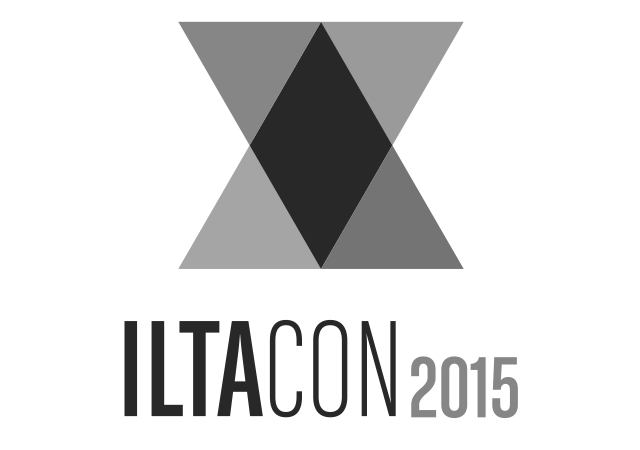September brought ILTACON 2015, the International Legal Technology Association’s 38th Annual educational conference. As the name suggests, ILTACON is dedicated to exploring the interaction of legal services and the technologies used to provide them. Increasingly, these technologies are focused on harnessing and deploying the legal service provider’s most valuable resource: knowledge.
The boundaries of knowledge management / information governance (“KM”) as a multi-disciplinary field have been notoriously difficult to define. KM is a methodology by which a firm’s collective knowledge is treated as a manageable asset where such knowledge is broadly categorized as either explicit or tacit. Explicit knowledge lends itself to transcription in text, video, or other tangible media, whereas tacit knowledge is inherently amorphous.
The lack of incentive for attorneys to engage with their KM counterparts often means that KM projects struggle to garner user (attorney) buy-in, and when they are given attention, such projects often become more marketing-tool than innovation.
Tacit knowledge can be thought of as an attorney’s know-how, earned through years of experience navigating the legal service industry. One of the many challenges of KM is that the more tacit the knowledge is, the more valuable it becomes. The classic associate-partner cooperative relies on this value differential as the less-experienced and less-expensive associate can nonetheless make use of available explicit knowledge, economically accessing the partner’s valuable tacit knowledge on an as-needed basis. Thus, competitive legal practices rely on the efficient use of both explicit and tacit knowledge.
To date, the legal service industry’s approach to KM has been largely reactive. Driven by an increasing demand for efficiency and the acceleration of lateral movement among legal practitioners, law firms have sought to understand and systematize the processes by which information is gathered, transferred, and stored within the firm. These and other market trends have led to the creation of KM positions within many of the Am Law 200 firms. But even a cursory web search of “KM” and “law firms” will uncover equal-parts general KM discussion and KM professionals lamenting their struggles to convince attorneys of KM’s value. The currently humble status of KM within the legal services industry is the product of many factors, not least of which is that there is usually little incentive for associates or partners to treat KM as a significant element of legal practice. The lack of incentive for attorneys to engage with their KM counterparts often means that KM projects struggle to garner user (attorney) buy-in, and when they are given attention, such projects often become more marketing-tool than innovation.
Rather than dwell on the challenges facing KM implementations within legal practice, however, I would like to bring the discussion back to ILTACON. Below are some of my favorite deliberations on the conference. I encourage you to take a look and consider the ideas offered.
- Lessons Learned at ILTACON
- High-level overview of ILTACON 2015.
- Solutions That Are Being Discussed At ILTACON To Make Law Firms Better
- Synopsis of some of the technologies presented at the conference.
- 4 Takeaways from the InsideLegal and ILTA Purchasing Survey
- Increased budgets could be indicative of bigger roles for KM within firms.
- What About Watson? Cognitive Technology in the Law Office of the Future
- There is still a huge gap between legal service demand and supply for low-income clients. Advancements in KM could finally make the delivery of such services economical.
